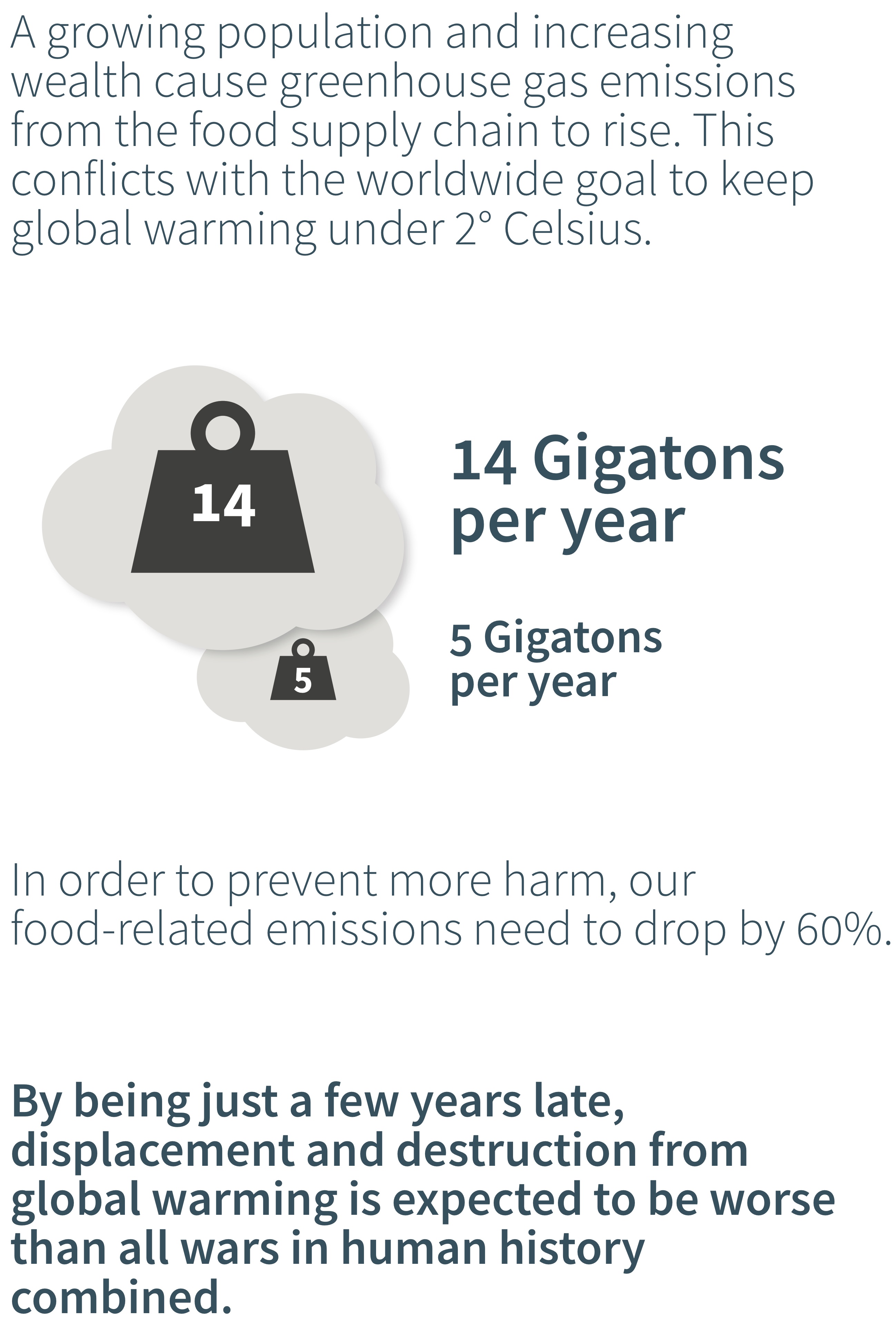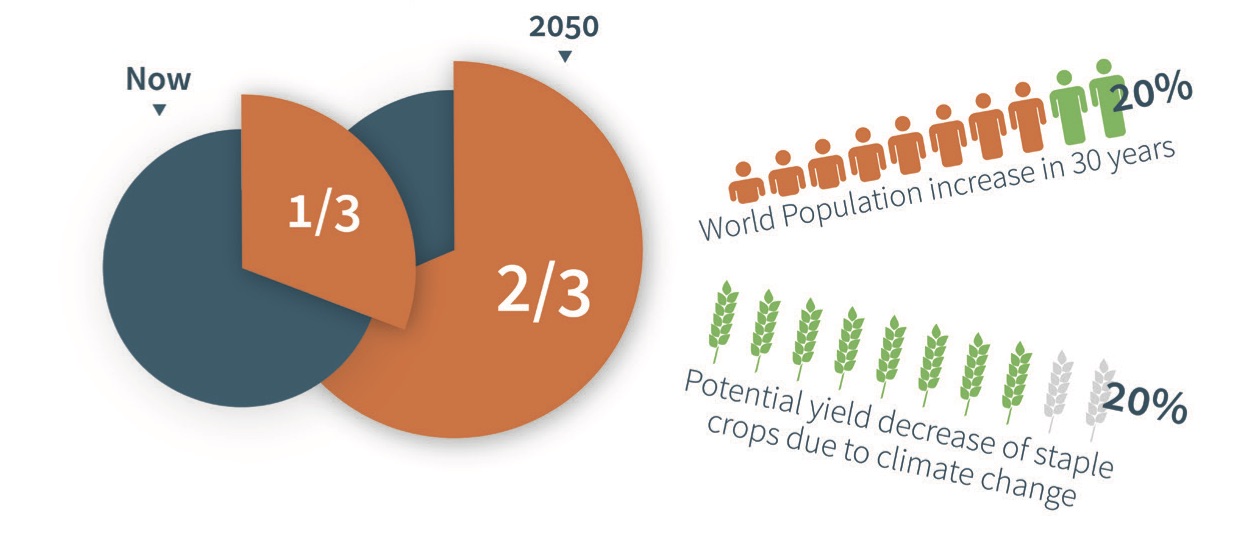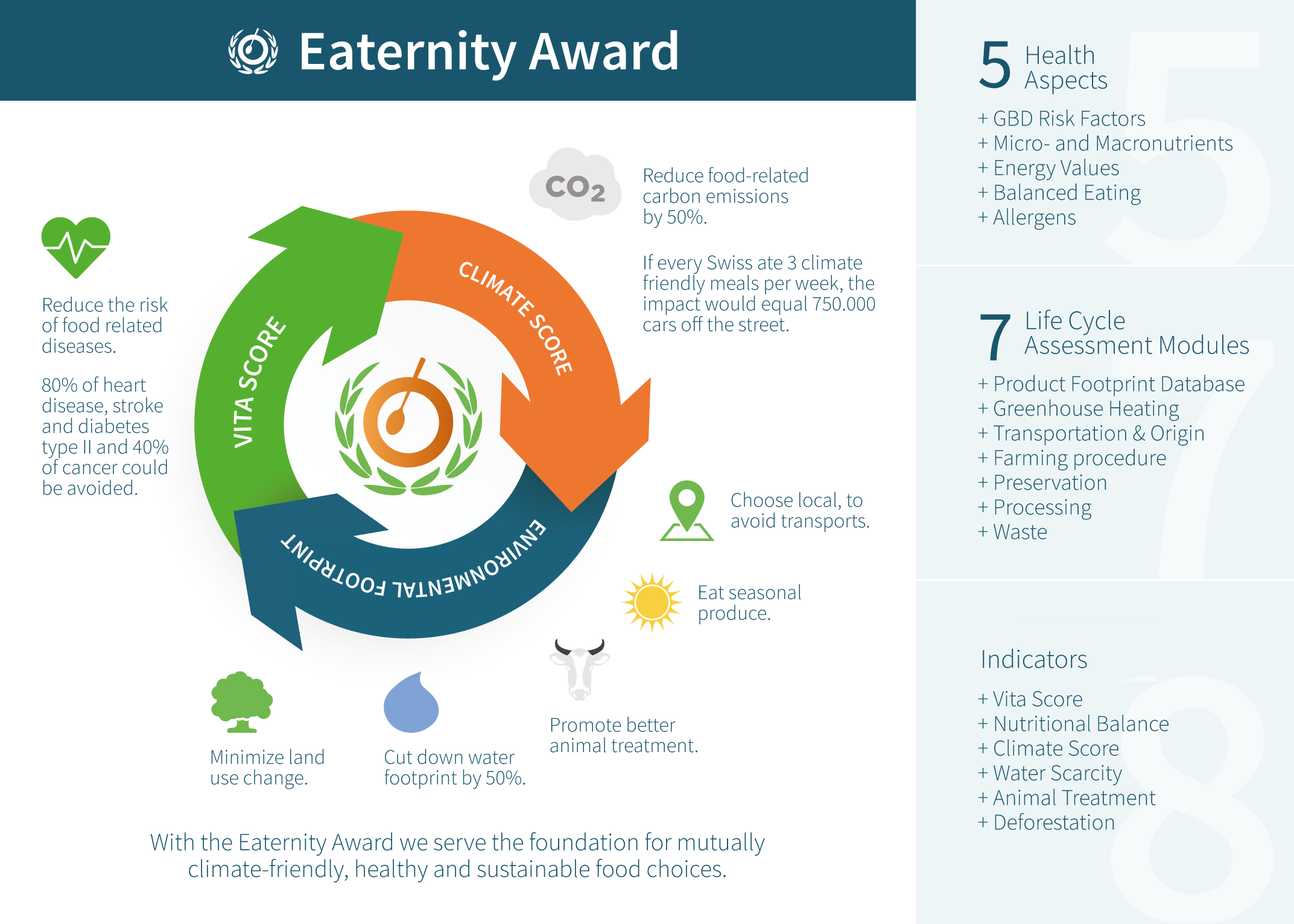The First Number: 2° Celsius
Some context: So far, the rise in the average temperature of the planet to 0.8 degrees Celsius has caused far more damage than most scientists expected. Given these impacts, many scientists have come to think that two degrees is far too lenient a target. NASA scientist James Hansen, the planet's most prominent climatologist, states: "The target that has been talked about in international negotiations for two degrees of warming is actually a prescription for long-term disaster." Some countries will flat-out disappear. The official position of planet Earth at the moment is that we can't raise the temperature more than two degrees Celsius – it's become the bottomest of bottom lines. Two degrees.
The Second Number: 800 Gigatons
Scientists estimate that humans can pour roughly 800 more gigatons of carbon dioxide equivalents into the atmosphere by midcentury and still have some reasonable hope of staying below two degrees. ("Reasonable," in this case, means four chances in five, or somewhat worse odds than playing Russian roulette with a six-shooter.)
The Third Number: 50 Gigatons
Current emissions are at 50 gigatons of CO₂ equivalents a year. Still growing steadily year to year by 2.2%. A back of the envelope calculation gives us a maximum of 16 years to fix the problem.
Permafrost - the unpredictable game changer
This already short time frame will shorten significantly if we include the exponentially increasing release of the 1700 gigatons of CO₂ equivalent that are currently stored frozen in over hundred year old ice. A negative feedback loop may happen rapidly, as it will itself accelerate the temperature increase, melt even more ice, and therefore release even more greenhouse gases. It is hard to predict when in the coming years this so called „clathrate gun" is going to fire. But when it happens, it will be too late.






